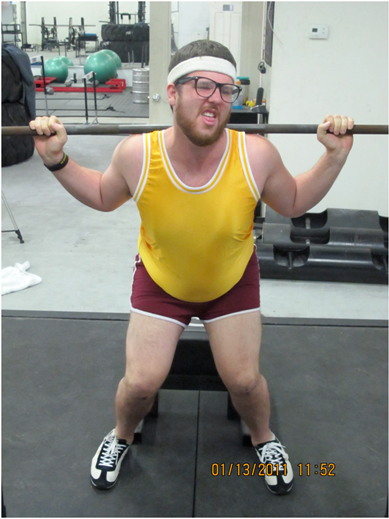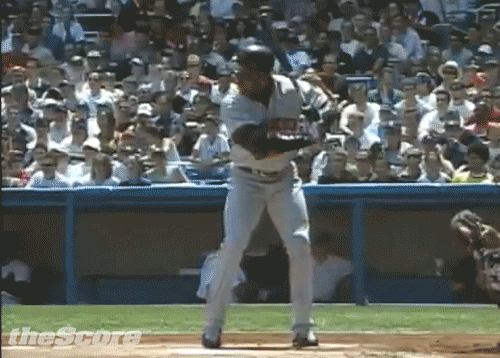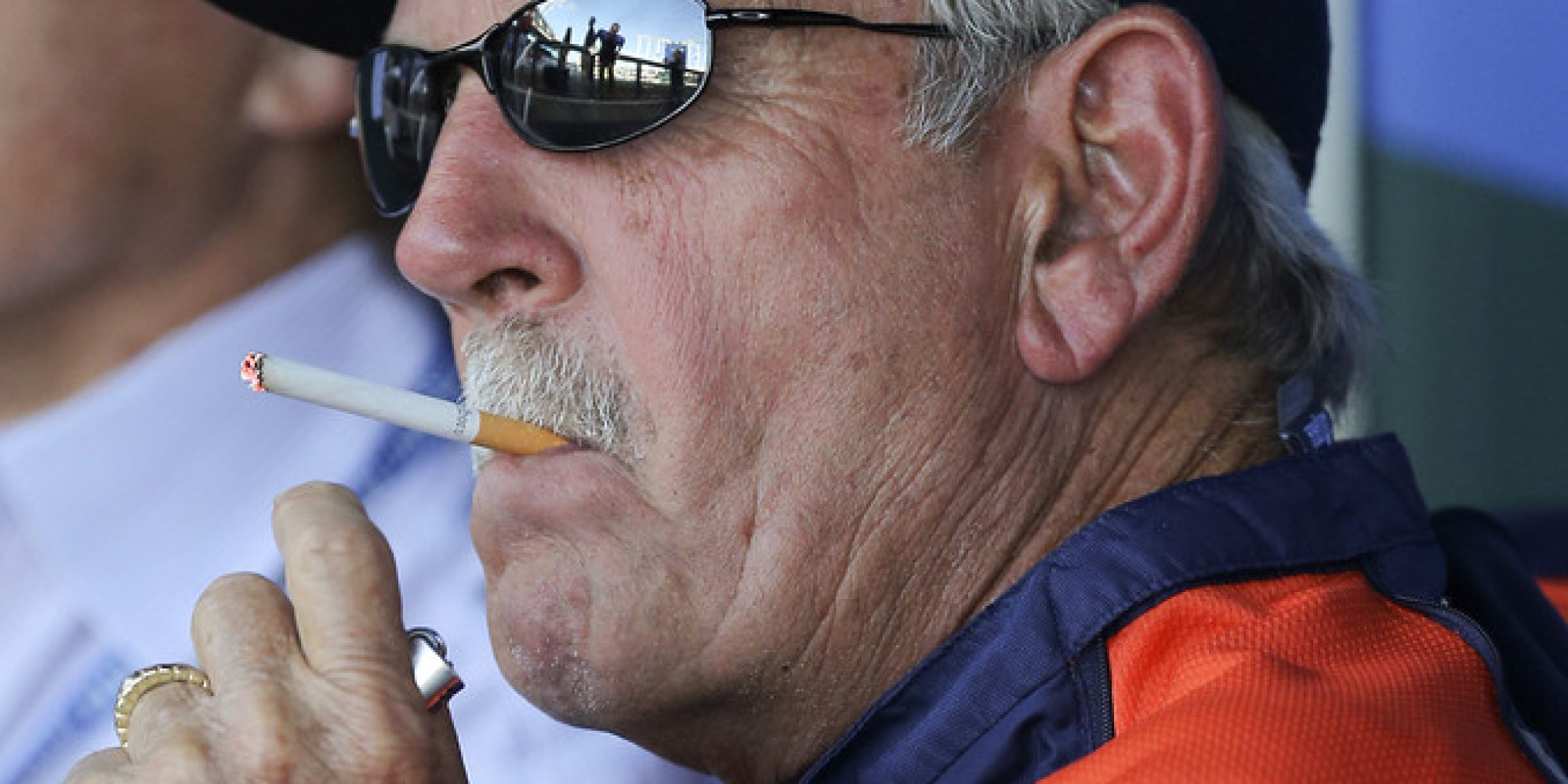The
sheer number of velocity programs being promoted by innumerable “pitching
instructors” will make one’s head spin when trying to determine who is real and
who is just blowing promotional smoke.
Truth be told; Most are antiquated, ineffective, and in some
instances, harmful.
However;
there are several daring individuals that are pioneering innovative and
superior training methods and processes that really develop velocity. As with
all things, some are better than others.
How do we develop velocity?
If
throwing a baseball 90 mph is possible, but you as an individual are throwing
at 78 mph, what needs to be done to make the jump?
To
rephrase the question: If you have
the capability of throwing a 5 oz. baseball 90 mph but aren’t able to, what do
you need to do to change that?
Answer: Remove the barriers…
There
are constraints in bodily movement and function that are restricting the body’s
ability to generate enough arm speed to throw a 5 oz. baseball 90 mph.
Constraints
manifest in multiple ways. We find restrictions, inefficiencies, and dysfunction
in…
·
functional
strength
·
power
generation/speed
·
energy
production & transfer
·
mobility/flexibility
·
range
of motion
·
balance
·
and
the most misunderstood of all…neuromuscular function and performance
The
key to identifying constraints in an athlete is a comprehensive function &
performance evaluation process.
In
evaluation, we test two distinct aspects of an athlete’s function and
performance.
They
are identified as anatomical and neuromuscular function.
Anatomical
function is one’s ability to move and perform through range of motion with
strength, speed, balance, and in multiple planes.
The
testing of it is fairly straight forward and incorporates both passive and active
methods.
The
idea of physical constraint is easily comprehended relative to the concept of
neuromuscular function and its’ role in performance.
The
emphasis in this commentary is on neuromuscular function and performance.
Neuromuscular
testing is measuring the body’s response to specific input stimuli.
The
response to the stimuli reveals a pattern of performance capability and thus
reveals underlying inhibitions to performance potential.
Neuromuscular
response patterns are used to design a training protocol that will adjust the
body’s auto-regulatory function which is responsible for the adaptation needed
to produce the intended result.
i.e.
throwing at higher velocities…
Auto-regulatory
function occurs at the subconscious/unconscious level. Therefore, it is critical that the testing
method employed elicits the response function required to accurately evaluate
both performance ability and inhibition.
There Is a better
Way…
Traditional
pitching instruction is paralyzed in elementary physical function and refuses
to move forward. With today’s advances
in technology, we have relatively better science, information, and therefore
insight and understanding into the multi-faceted nature of human performance. CKP
is pioneering in the 21st century to forge superior processes as we
avail ourselves of these advancements.
This
is the kind of work we are doing at CK Performance. Every day new revelations
and better understanding of baseball performance metrics are being used to
develop superior training protocols and modalities for the sole purpose of
providing our athletes with state of the art, innovative, and results oriented
training. We are as passionate and driven in advancing our developmental
processes as we expect you to be in advancing you performance.
JD
JD














